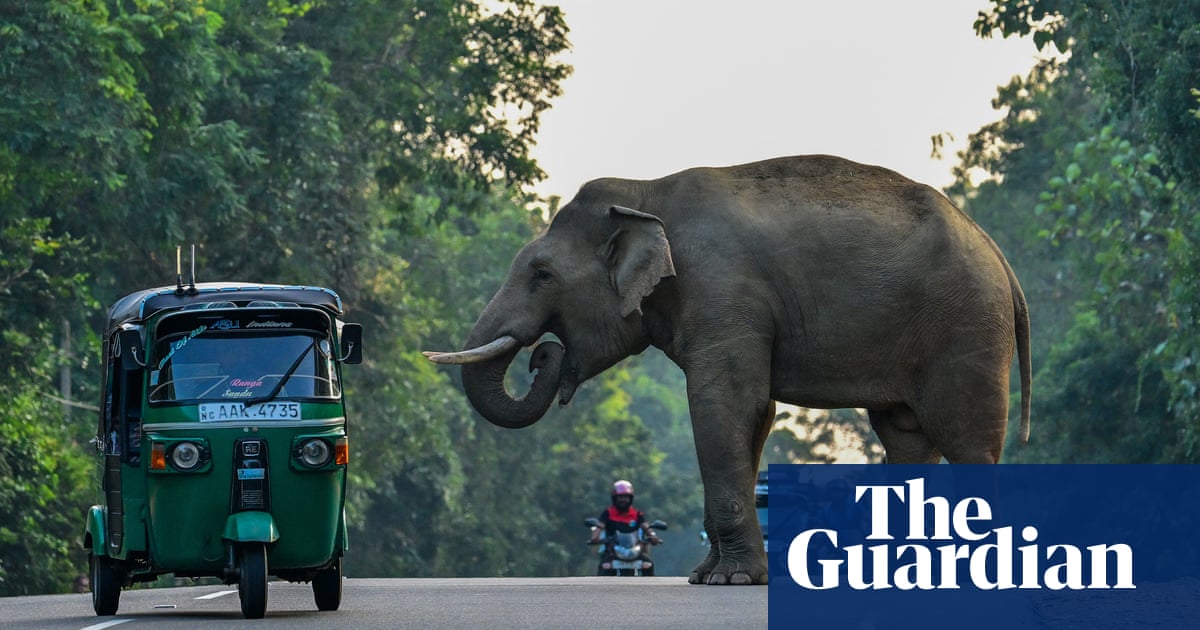Conservationists plead for coexistence as shrinking forests drive conflict, with elephant deaths doubling in a decade
Setting out from home to collect firewood on a cool spring morning last year, Harshini Wanninayake and her mother had no idea only one of them would come back alive. The pair were walking to a nearby forest from Eriyawa, a village in north-west Sri Lanka, when they heard a loud rustling close by.
“It came out of nowhere,” says Wanninayake. “The elephant was behind the thicket and took us completely by surprise.”
The elephant lunged towards Wanninayake’s elderly mother, who tried to scramble out of the way but was knocked over. “It ran off, trampling her in the process,” says Wanninayake, who ran screaming to get help. When she returned with her brothers, it was too late – their mother was already dead and the elephant was gone.
“We found her still body on the ground, battered and bruised. All her bones were broken,” says Wanninayake, who is still shaken by the attack.
In Sri Lanka, the delicate balance of human-elephant coexistence is facing unprecedented threats. Last year, 176 people died in elephant encounters on the island, and 470 elephants were killed – more than double the number of elephant deaths in 2010.



You can’t negotiate with nature.